The recent academic progresses as made on the three major themes regarding preparations, characteristics and applications of liquid metal materials are reviewed.
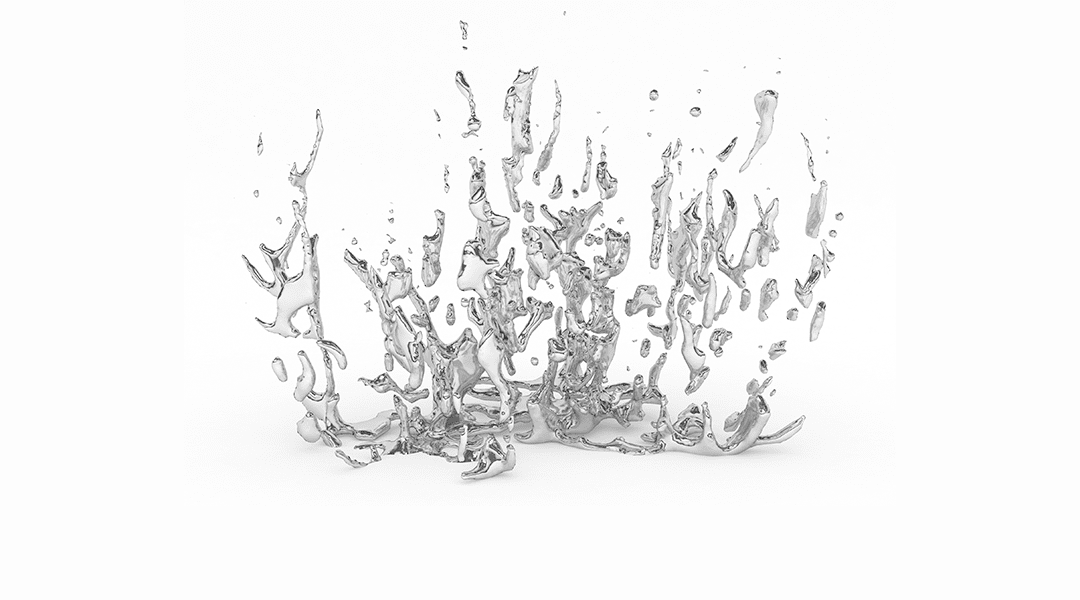

The recent academic progresses as made on the three major themes regarding preparations, characteristics and applications of liquid metal materials are reviewed.
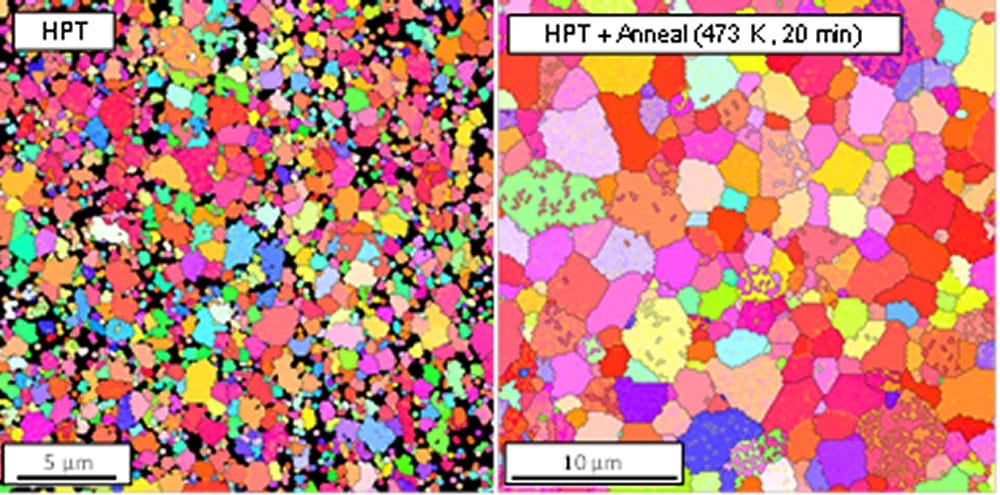
A new concept to solve the ductility problem of SPD-processed magnesium alloys was examined by using a ZK60 magnesium alloy processed by high-pressure torsion to obtain an HSHD material.

Massachusetts Institute of Technology (MIT) researchers introduce a new 3D printing strategy that overcomes the limitations of direct ink writing. Structures can be printed in six different modes, and can even be printed to have different kinetic properties.
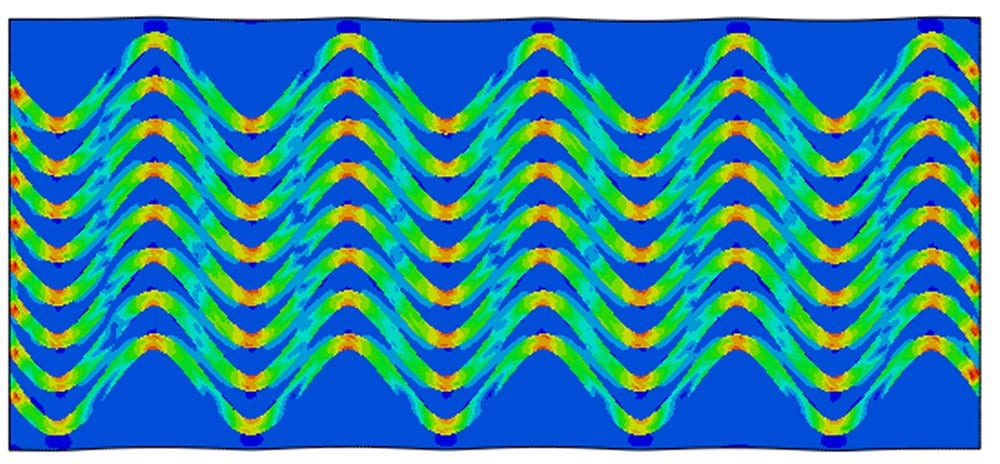
This work illustrates the importance and utility of considering the geometry and arrangement of the components of a composite material in addition to the properties of the component materials and shows how simply the design of the architecture can lead to accessing new desirable combinations of properties.

Significant implications of and recent progress made in iCVD-based technologies in three fields: electronic devices, surface engineering, and biomedical applications are discussed.
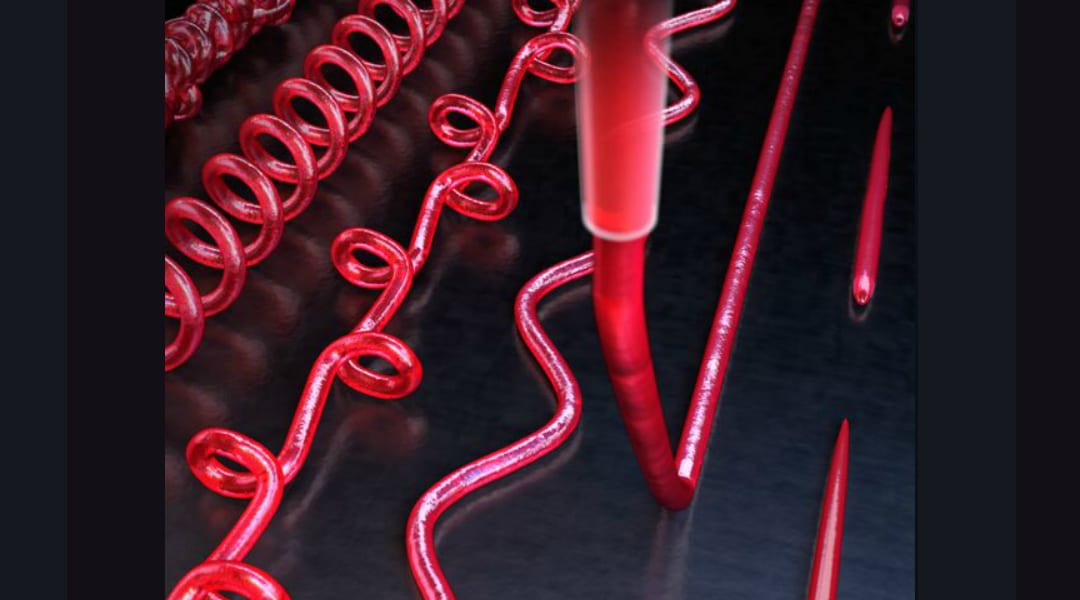
Researchers from MIT present a strategy to increase printing resolution beyond the nozzle size, while drawing diverse complex patterns with a linear nozzle path.
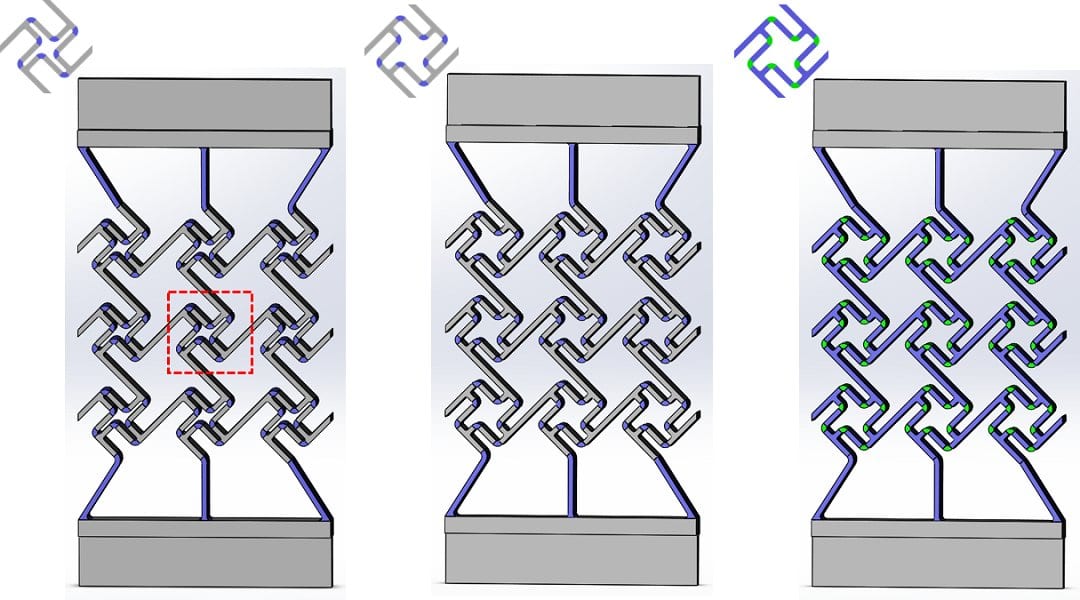
New designs were fabricated via multimaterial 3D printing and potential applications of sequential particle release mechanisms were systematically explored.
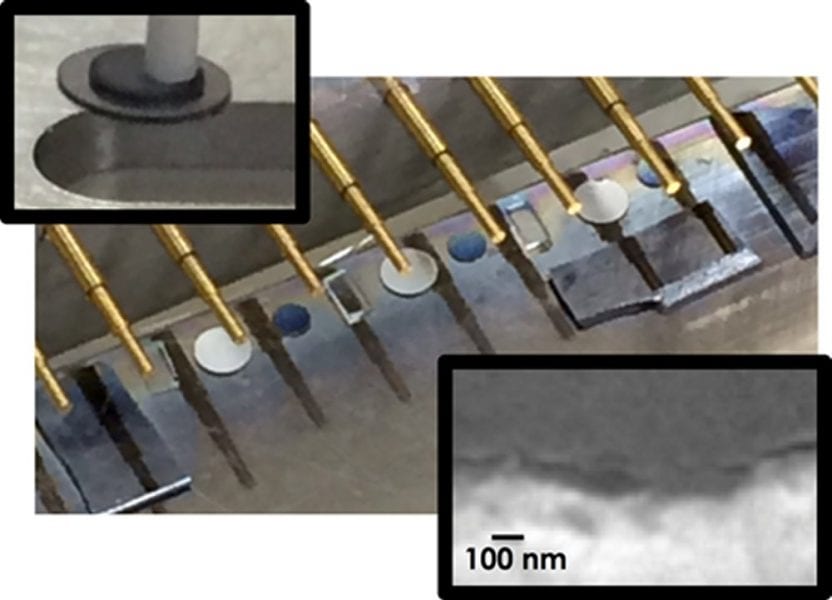
A simplified iCVD coater is developed that can be installed at low cost in most labs, and further use it to engineer submicron bond gaps in materials with common non-ideal features like curvature, roughness, and burrs.
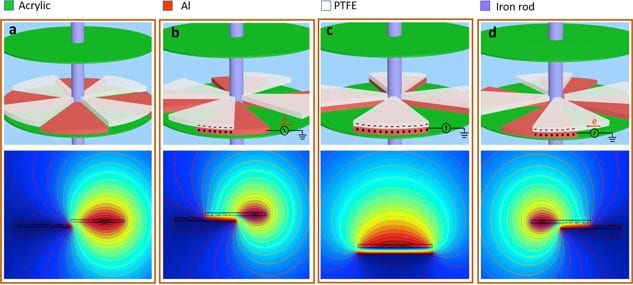
Two triboelectric nanogenerators with different configurations were designed and hybridized with Faraday electromagnetic induction generator to generate electricity, which can convert the kinetic energy from wind and flowing water and the electrostatic energy in water into electrical energy.
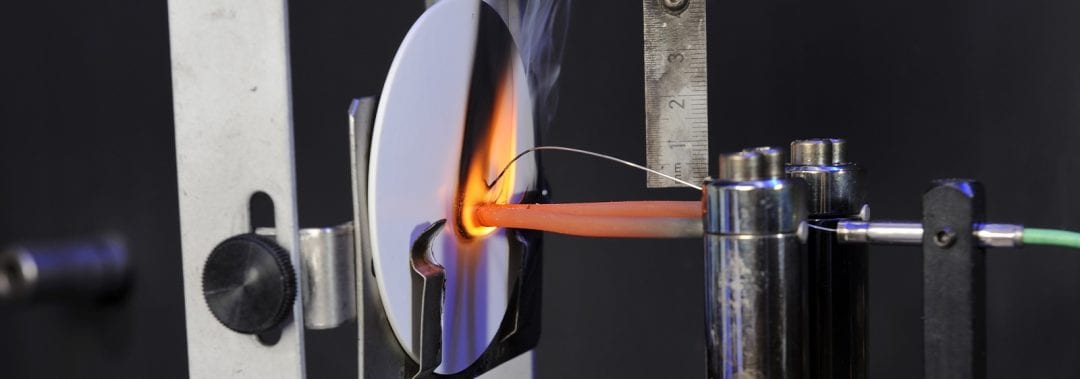
Lanxess offers alternatives to compounds with halogen-based flame retardants